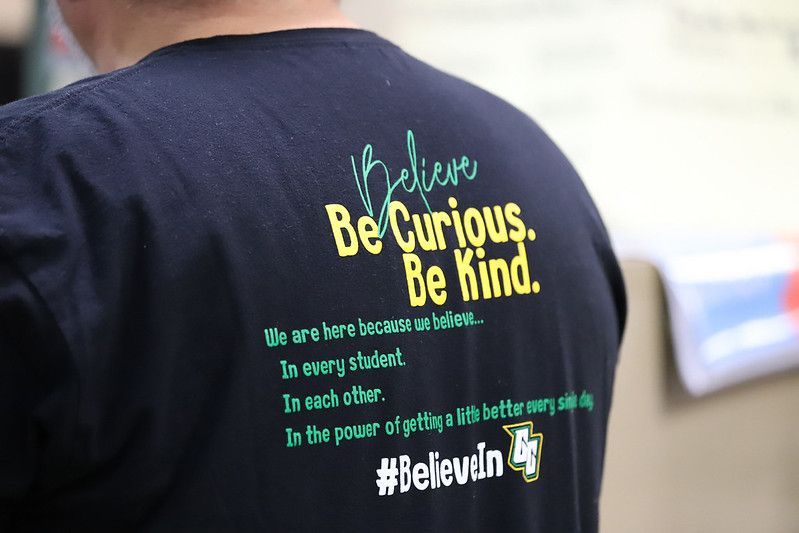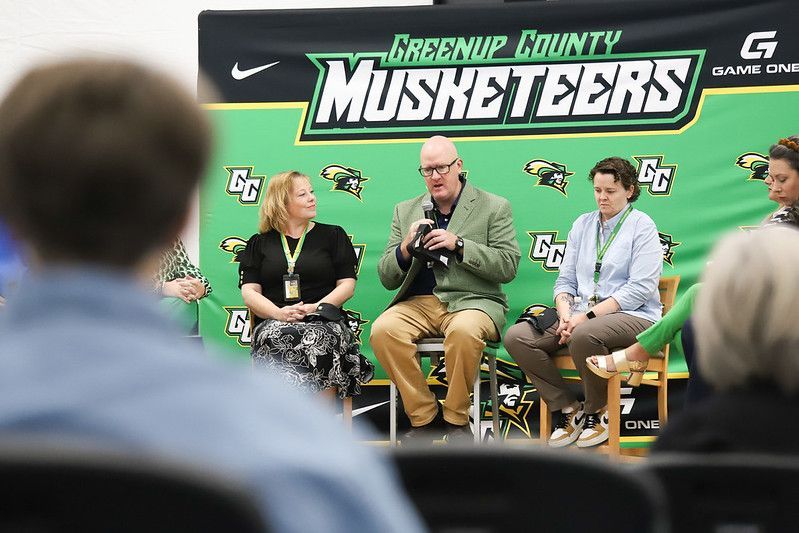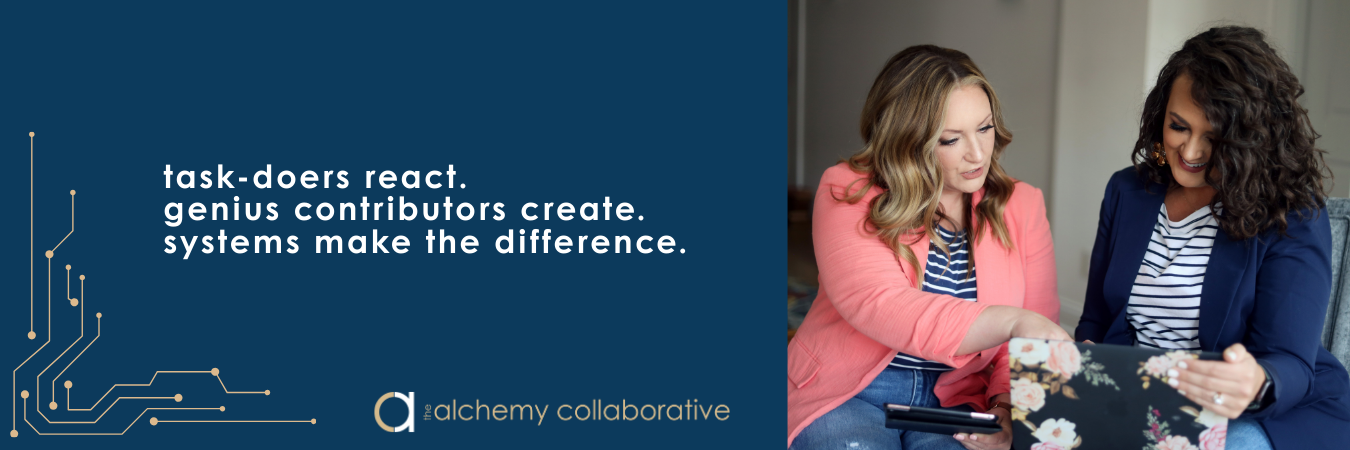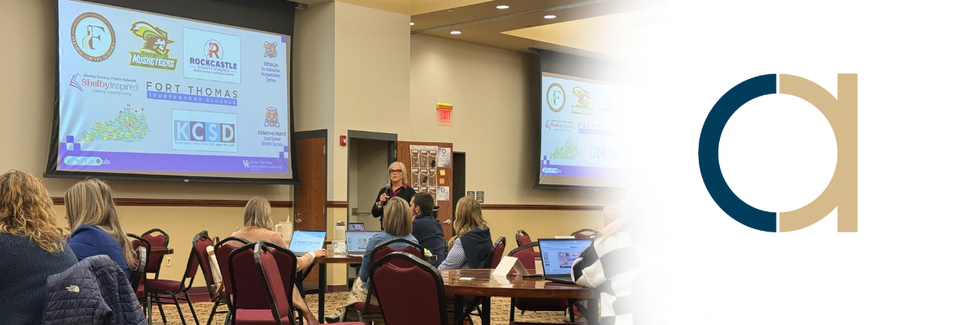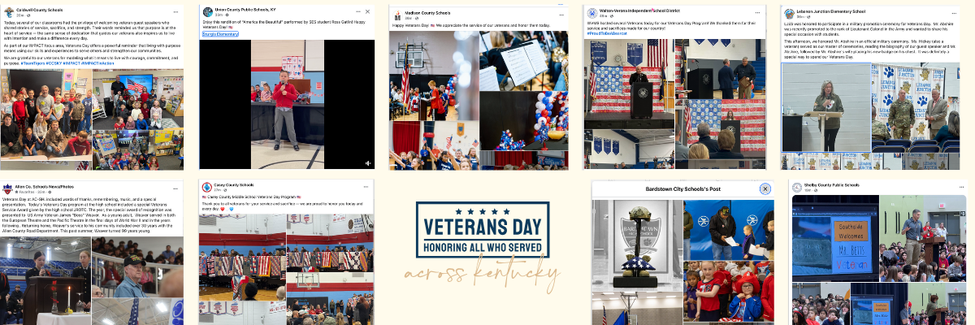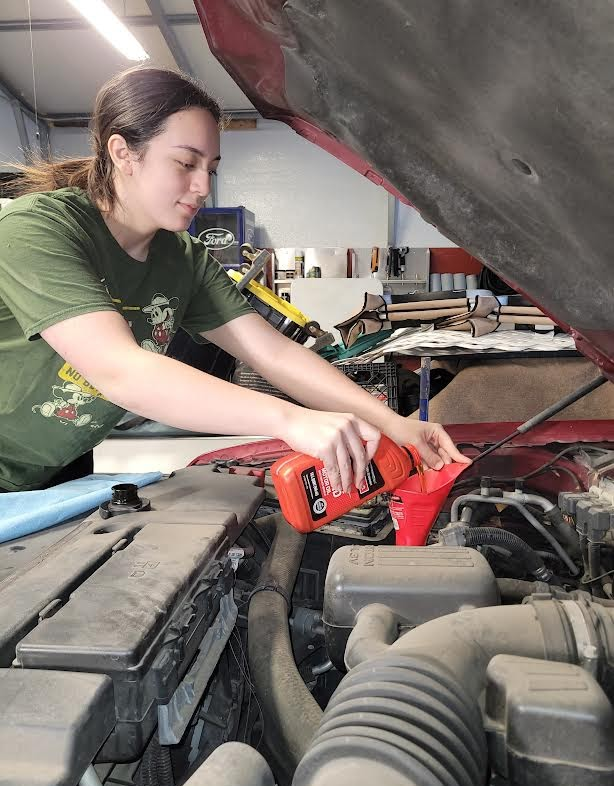
accountability is changing in kentucky
If you want to understand where school accountability might be headed, look to Kentucky.
Over the past few years, leaders here have been experimenting with how to move beyond test scores into something broader, braver, and more local.
We’ve seen three touch points worth studying:
- the Local Accountability Guide & Toolkit, a resource designed by KDE to help districts build their own accountability frameworks.
- the Vibrant Accountability ecosystem in Fleming County, a fully public dashboard where Measures of Quality are shared as both data and story.
- the Aurora Institute’s profile of Wurtland Middle School in Greenup County, where students are growing literal gardens as part of a new way of thinking about learning and connection.
Together, these examples show a movement from theory to practice. They also raise a bigger question: what does it look like when accountability becomes less about compliance and more about community trust?
from guidance to lived system
The Local Accountability Guide & Toolkit is a solid playbook. It lays out facilitation strategies, rubrics, and ideas for districts to try. Think of it as a menu: portraits of a learner, local indicators, reporting dashboards, multiple measures.
Fleming County shows what it looks like when a district brings the playbook to life, turning ideas into a system people can actually use.
Their Measures of Quality (MoQ 4.1) pillars (academic growth, durable skills, creativity & innovation, and readiness for life) are not just bullet points on a vision slide. They are live categories inside a dashboard that the community can click into. Families don’t just hear that “students are developing durable skills.” They can see it, hear it, and often read the student’s own story alongside the numbers.
Where the guide suggests, Fleming codifies.
Where the guide offers templates, Fleming offers public proof.
a garden in greenup
Meanwhile, Greenup County’s story deepens the picture. At Wurtland Middle School, the Local Laboratory of Learning (L3) brought accountability to life through work rooted in the soil. Students like Isaiah led workshops, taught peers, and shared their projects at a community event called “AgSplosion.”
The Aurora Institute described this as accountability through exhibition: the work is visible, the community is involved, and learning is measured in contribution.
This is an accountability system rooted in place. It grows from the community’s soil, not a state’s spreadsheet.
where these threads meet
When you put these three together, you can see the arc:
- The toolkit frames the idea: accountability should be multiple, local, and co-designed.
- The garden illustrates the spirit: accountability can be lived in context, with students and communities leading.
- The dashboard operationalizes the vision: accountability can be transparent, branded, and woven into the culture of a district.
This arc matters because districts across the country are watching kentucky to see if these experiments are possible elsewhere.
Can accountability be rigorous and relational?
Can it be transparent and still flexible?
Fleming’s site shows yes. Greenup’s garden shows yes. The toolkit shows how.
leadership, culture, and communication
Here’s what we think districts can learn from this Kentucky moment:
- leadership sets the tone. The toolkit frames leaders as facilitators. Fleming’s site shows leaders acting as belief-builders, saying out loud that “accountability is a shared promise.” In Greenup, leaders gave students the freedom to teach and exhibit their work.
- communication is the bridge. Every example stresses clarity and transparency. Whether it’s a rubric, a student-led workshop, or a dashboard, the common thread is: make the story visible.
- culture is the driver. These aren’t compliance exercises. They are cultural shifts. The soil metaphor in Greenup, the branded dashboard in Fleming, the facilitation tools in the guide all point toward accountability as a lived culture, not a paper report.
why communication partners matter
For districts, the lesson is clear: accountability is not just about measures. It’s about how you show and share those measures. This is where communication systems make or break the vision.
- If your reporting is stuck in spreadsheets, your community won’t see the story.
- If your dashboard is data-only, you’ll miss the human impact.
- If your accountability plan is co-created but never communicated, the trust evaporates.
That’s why communication partners (designers, storytellers, facilitators) are just as important as assessment experts. The work has to be visible, believable, and repeatable.
what’s next for kentucky, and for all of us
The state is watching Fleming and Greenup closely. Other districts are experimenting with their own portraits of a learner, their own community indicators, their own story-based dashboards.
But here’s the bigger truth: this is not just about Kentucky. Every state struggling with test-based measures could learn from what’s happening here. The path forward is not another standardized layer. It is a culture of local trust, public storytelling, and student agency.
And if we zoom out, that’s a communication challenge as much as it is a policy one.
closing thought
Kentucky educators are showing us that accountability can be less like a compliance report and more like a garden or a dashboard: something you tend, something you share, something that reflects real growth.
The question now is: will other districts have the courage to plant their own systems, in their own soil, and invite their communities to watch them grow?
If your team is exploring what local accountability could look like, we’d love to listen and learn alongside you.
Let’s trade ideas, compare notes, and imagine what shared promise might grow in your community next. Schedule a free chat with our team today.

